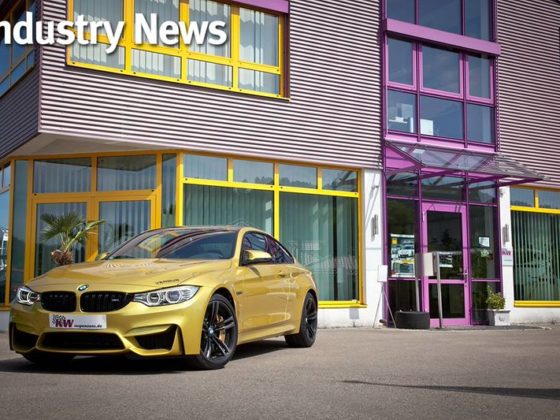
The first V-10 ever stuffed under the hood of a Viper was essentially a 300hp, 360ci V8 with two extra cylinders welded to it by Roush Engineering. Lamborghini was responsible for the design, manufacturing and casting processes of the all-aluminum V-10 and built the first three running prototypes. While it is often referred to as a “truck” engine; in reality other than its 488ci displacement, the Viper’s aluminum V-10 shares virtually nothing in common with the Ram’s cast iron V-10 which entered production 2 years after the Viper.
The Viper really is all about its engine. While Chrysler didn’t have a large budget for an exciting powertrain, they had a cast iron V-10 in the works for an upcoming Ram Heavy Duty. Lutz knew this big block was exactly what the Viper needed to differentiate itself in the sports car world, but it was going to be too heavy and it had to be made of aluminum for improved weight and performance. In the meantime, Roush Engineering took Chrysler’s old 360 cubic inch, 300hp cast ion 318 “LA” motor and grafted on two extra cylinders to make a 450ci V-10 for the test mule.
During this point in time Chrysler owned Lamborghini, who had a lot of experience designing and casting large aluminum engines and had a far more experienced supply base with much faster turnaround times and experience with a project like this compared to Chrysler’s slow to respond mass-production suppliers. Prior to the Viper, Lamborghini and Chrysler really didn’t communicate all that much, nor did they after.
Lamborghini completely changed the design of the cast iron V-10 to improve manufacturability and performance when cast out of aluminum. The heads and block share virtually nothing with the truck engine other than its 4.00” bore and 3.88” stroke. The first three V-10s were actually cast, machined, and assembled by Lamborghini in Modena, Italy before production started in Highland Park, Michigan. Once strapped to the dynos in Detroit, the first aluminum V-10 made an adequate 340 horsepower but had plenty of issues as well as potential. Meanwhile in 1990, Lee Iacocca tested the VM-02 prototype with the 360hp Roush-built cast iron V-10 and gave the project an official green light.

With 275/35-17 front and 335/35-17 rear Michelin Pilot SX tires and 17×10 and 17×13 inch wheels, the Viper had some of the widest tires ever fit to a production car.
A last minute transmission issue and a costly quote to fix cracking tail housing found the Viper ditch the 5 speed Getrag unit in favor of a modified 6 speed Borg Warner T56 that was being developed for the Camaro/Firebird. The new T56 turned out to be far stronger than the Getrag unit and it was adapted for use in the Viper in just a couple months. The T56 went on to be installed on everything from the Pontiac GTO to Cadillac CTS-V, Mustang Cobra R, 1997-2007 Corvette, DB7 Vantage, V12 Vanquish, and many more.

The Viper’s chassis is a body is bolted, screwed, and glued to its frame. The 2nd generation Vipers have an outstanding “998 Recall” which reinforce the steering rack cross member and differential mounting brackets that are prone to cracking with welded or riveted in triangulated plates as shown above.
 The Viper’s roadster chassis was very stiff by 1990s standards and it was developed using Computer-Assisted Design and Modeling (CAD).
The Viper’s roadster chassis was very stiff by 1990s standards and it was developed using Computer-Assisted Design and Modeling (CAD).
While the chassis was designed from scratch to be a stiff (relative for the day) convertible with a 5,000 lb-ft-per-degree torsional stiffness, Chrysler did indeed cut costs by borrowing many components from their vast corporate parts bin. The steering rack and front lower control arms were adapted from a Dakota pickup, the hand brake was borrowed from the LeBaron convertible, and the rear brake caliper was also used as a rear caliper on a Lotus Esprit and eventually the Elise. It’s ironic that for how large the E-brake handle is, when combined with such a small rear caliper it is quite ineffective.

Unlike most cars which by the time they reach production, typically morph into bland, compromised shadows of their exciting concepts, the 1991 production Viper RT/10 is very much true to the design of the original prototype that debut in Detroit in 1989.
The Viper Project finished in 33 months, 3 months ahead of schedule, and right on budget. While Carroll Shelby was primarily an advisor and spiritual consultant, he wanted the car to be quick, nimble, a good track car, as light and powerful as possible and more of a driver’s car than a road car. He also wanted it to be a V8.



